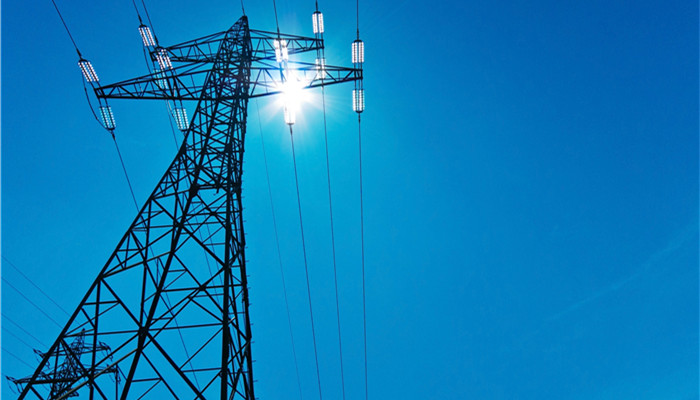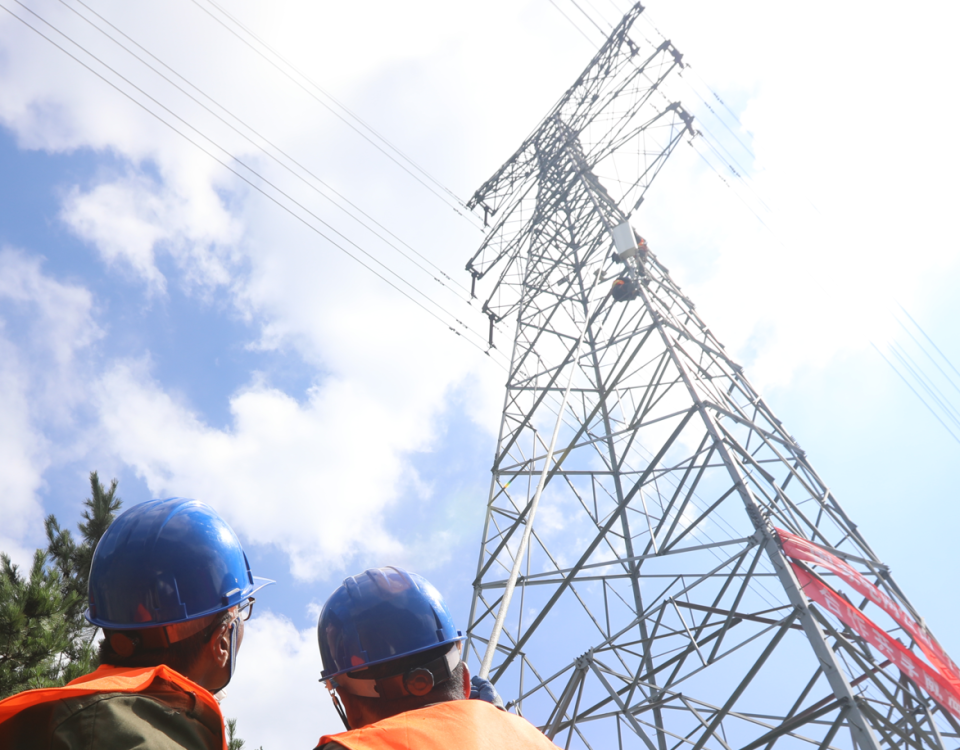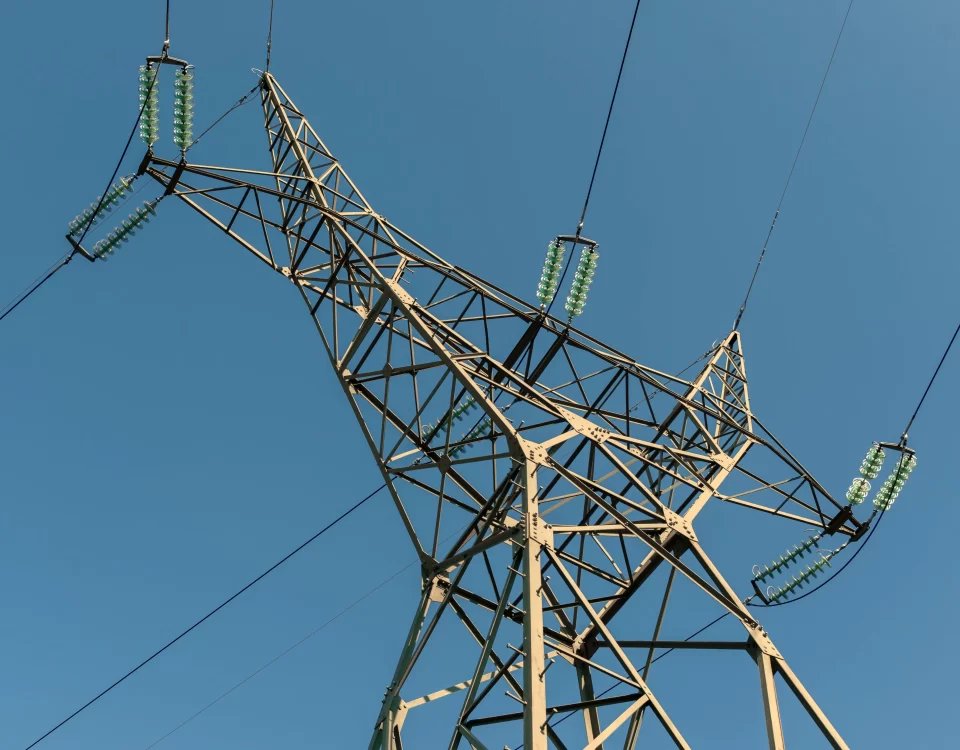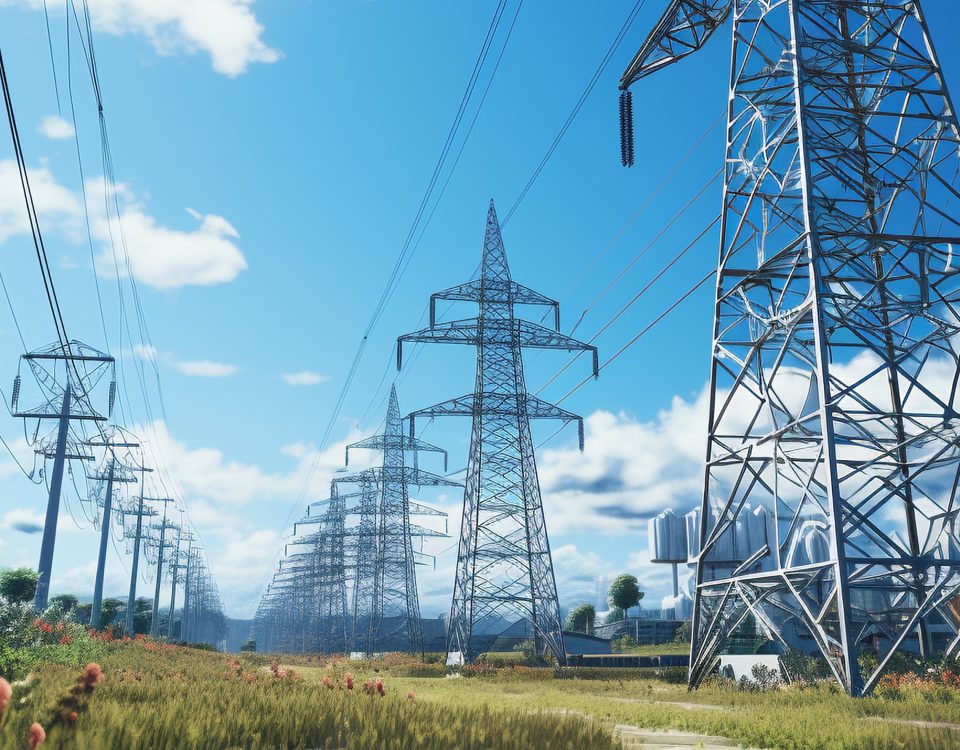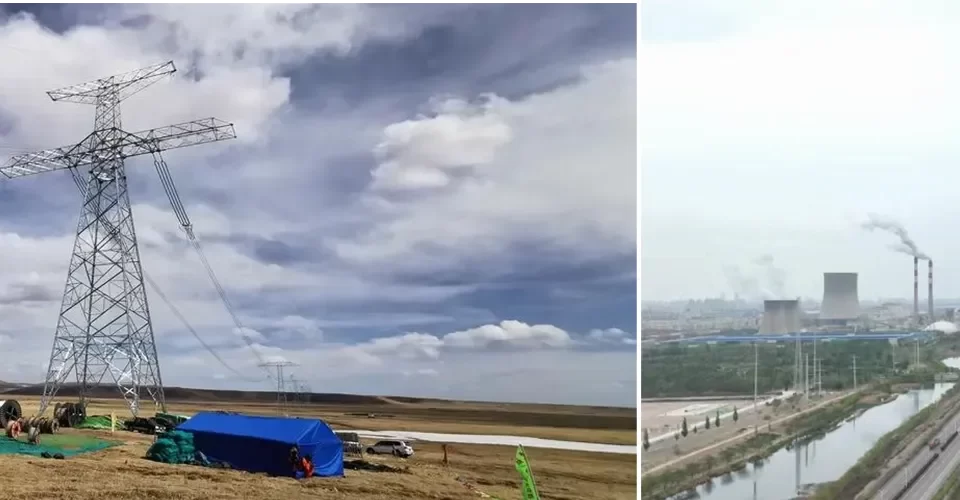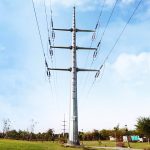
Monopole Galvanized Steel Power Transmission Tower
June 1, 2024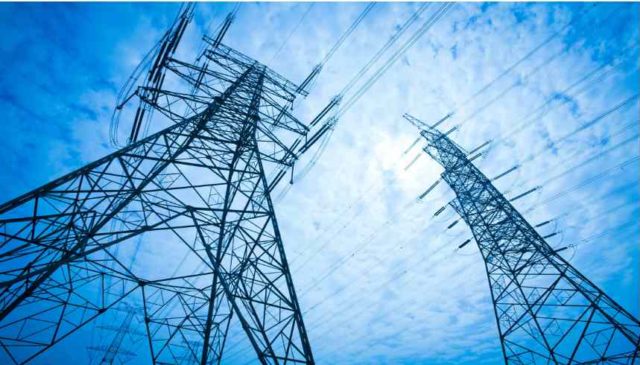
Transmission line tower structural design Analysis
June 9, 20245G Cell Communication Towers – Everything You Need to Know
Everything You Need to Know About 5G Cell Communication Towers
Introduction
The advent of 5G technology marks a significant leap forward in the realm of wireless communication, promising unprecedented speed, reduced latency, and the capacity to connect a myriad of devices. Central to the deployment and functionality of 5G networks are 5G communication towers. These towers are the backbone of the new generation of mobile networks, enabling the robust and expansive coverage necessary to support advanced applications like autonomous vehicles, smart cities, and the Internet of Things (IoT).
In this comprehensive guide, we’ll delve into everything you need to know about 5G cell communication towers, from their design and functionality to their role in the broader 5G ecosystem.
What Are 5G Communication Towers?
5G communication towers are infrastructure components that support the fifth generation of mobile networks. These towers host the necessary equipment to transmit and receive 5G signals, facilitating wireless communication between devices and the network. Unlike their predecessors, 5G towers often require a higher density of deployment to provide extensive and reliable coverage due to the higher frequency bands they utilize.
Key Components of 5G Towers
- Antennas: 5G towers are equipped with advanced antenna systems that can handle higher frequencies and larger bandwidths. These antennas often support technologies like Massive MIMO (Multiple Input Multiple Output), which allows for more simultaneous connections and improved signal strength.
- Radio Units: These units are responsible for transmitting and receiving radio signals. In 5G towers, radio units are often more compact and efficient, enabling easier installation and maintenance.
- Baseband Units: These units process the digital signals from the radio units. They are crucial for managing data traffic and ensuring seamless communication.
- Backhaul Connectivity: This component connects the tower to the core network, ensuring that data from the tower reaches the broader internet infrastructure. Backhaul can be provided via fiber optics, microwave links, or other high-speed data connections.
Types of 5G Towers
- Macro Towers: These are large towers that provide wide area coverage. They are similar to traditional cell towers but are equipped with 5G-specific technology.
- Small Cells: These are smaller, lower-powered towers that provide coverage in densely populated areas. Small cells can be installed on existing structures like light poles and buildings, helping to fill in coverage gaps and improve network capacity.
- Distributed Antenna Systems (DAS): DAS involves a network of spatially separated antenna nodes connected to a common source. This system is used to enhance coverage in large buildings, stadiums, and other areas where a single antenna would not suffice.
Deployment and Density
One of the significant differences between 5G and previous generations is the need for a higher density of towers. This is because 5G utilizes higher frequency bands (like millimeter waves), which have shorter ranges and are more susceptible to obstacles like buildings and trees. To mitigate this, 5G networks require a dense deployment of small cells and other infrastructure to ensure comprehensive coverage.
Advantages of 5G Towers
- Increased Bandwidth: 5G towers can handle significantly more data than 4G towers, supporting applications that require high data rates.
- Reduced Latency: The infrastructure of 5G towers allows for much lower latency, which is critical for applications like real-time gaming, autonomous driving, and remote surgery.
- Higher Capacity: With technologies like Massive MIMO, 5G towers can connect more devices simultaneously, which is essential for IoT applications.
- Enhanced Reliability: 5G networks are designed to be more reliable, with features that ensure consistent performance even in densely populated areas.
Challenges and Considerations
- Infrastructure Costs: The deployment of 5G towers, especially small cells, requires significant investment. This includes not only the cost of the equipment but also the expenses related to site acquisition, installation, and maintenance.
- Regulatory Hurdles: The installation of new towers, particularly in urban areas, often faces regulatory and zoning challenges. Streamlining these processes is essential for rapid 5G deployment.
- Health Concerns: While scientific consensus indicates that 5G is safe, there are public concerns about potential health effects from increased exposure to radiofrequency radiation. Addressing these concerns through transparent communication and adherence to safety standards is crucial.
- Interference and Obstruction: Higher frequency signals used by 5G are more prone to interference from obstacles like buildings and foliage. Ensuring robust and reliable coverage requires careful planning and optimization.
Everything You Need to Know About 5G Cell Communication Towers (Continued)
Future Outlook (Continued)
- Integration with Smart Cities: 5G towers will play a pivotal role in the development of smart cities, enabling connected infrastructure, real-time data analytics, and the seamless operation of IoT devices. This will enhance urban planning, traffic management, and public safety.
- Enhanced Mobile Broadband: As 5G networks mature, we will see significant improvements in mobile broadband experiences. This includes faster download and upload speeds, better streaming quality, and more reliable connections in crowded areas.
- Support for Emerging Technologies: 5G communication towers will support a wide range of emerging technologies, including augmented reality (AR), virtual reality (VR), and mixed reality (MR). These technologies will revolutionize sectors such as entertainment, education, and healthcare.
- Expansion of Industrial IoT: With their ability to connect a high density of devices, 5G towers will be instrumental in the expansion of Industrial IoT (IIoT). This will improve automation, predictive maintenance, and operational efficiency in industries like manufacturing, logistics, and agriculture.
- Rural and Remote Connectivity: While initial deployments of 5G have focused on urban areas, efforts are underway to extend coverage to rural and remote regions. This will bridge the digital divide and provide high-speed internet access to underserved communities.
- Energy Efficiency: Future developments in 5G technology and tower infrastructure will focus on energy efficiency. This includes optimizing power consumption and implementing renewable energy sources to reduce the environmental impact of 5G networks.
Conclusion
5G communication towers are the cornerstone of the next generation of mobile networks, enabling faster, more reliable, and higher-capacity wireless communication. As the demand for connectivity continues to grow, these towers will be crucial in supporting a wide range of applications and technologies that were previously unimaginable.
From enhancing mobile broadband experiences to powering smart cities and industrial IoT, 5G towers represent a vital infrastructure investment for the future. While challenges such as infrastructure costs, regulatory hurdles, and public health concerns need to be addressed, the potential benefits of 5G are immense and far-reaching.
As we move forward, continued innovation and collaboration among stakeholders—ranging from telecom operators and technology providers to regulators and urban planners—will be essential in realizing the full potential of 5G communication towers. By doing so, we can create a connected world that is more efficient, sustainable, and inclusive.
Additional Resources
For those interested in learning more about 5G communication towers and their impact, here are some additional resources:
- White Papers and Research Reports: Industry leaders like Qualcomm, Ericsson, and Nokia regularly publish white papers and research reports on 5G technology and infrastructure.
- Telecommunications Regulatory Bodies: Websites of regulatory bodies such as the Federal Communications Commission (FCC) in the United States and the International Telecommunication Union (ITU) provide valuable information on 5G policies and standards.
- Industry Conferences and Webinars: Events like Mobile World Congress (MWC) and webinars hosted by industry associations offer insights into the latest trends and developments in 5G technology.
- Technical Standards Organizations: Organizations such as the 3rd Generation Partnership Project (3GPP) and the Institute of Electrical and Electronics Engineers (IEEE) publish standards and technical specifications related to 5G networks.
- Academic Journals: Journals like IEEE Communications Magazine and the Journal of Communications and Networks publish peer-reviewed articles on cutting-edge research in 5G technologies.
By staying informed and engaged with the latest developments, stakeholders can better understand the transformative potential of 5G communication towers and contribute to the successful deployment and adoption of 5G networks worldwide.
This comprehensive guide aims to provide a detailed overview of 5G cell communication towers, their components, deployment, advantages, challenges, and future outlook. With this information, readers should have a thorough understanding of the critical role these towers play in the 5G ecosystem and the transformative impact they will have on various industries and everyday life.



